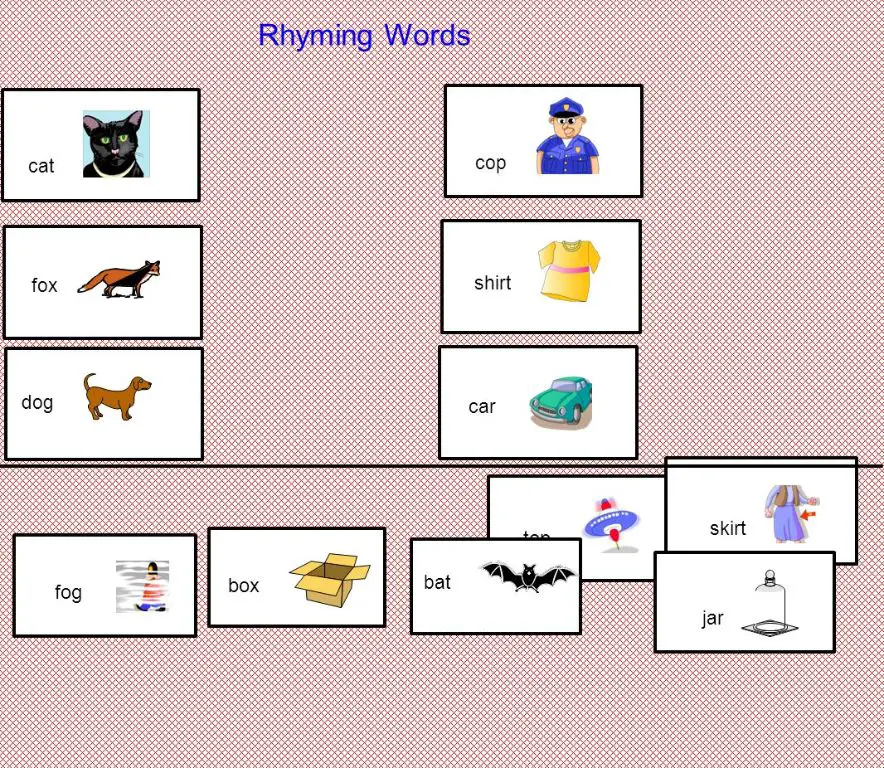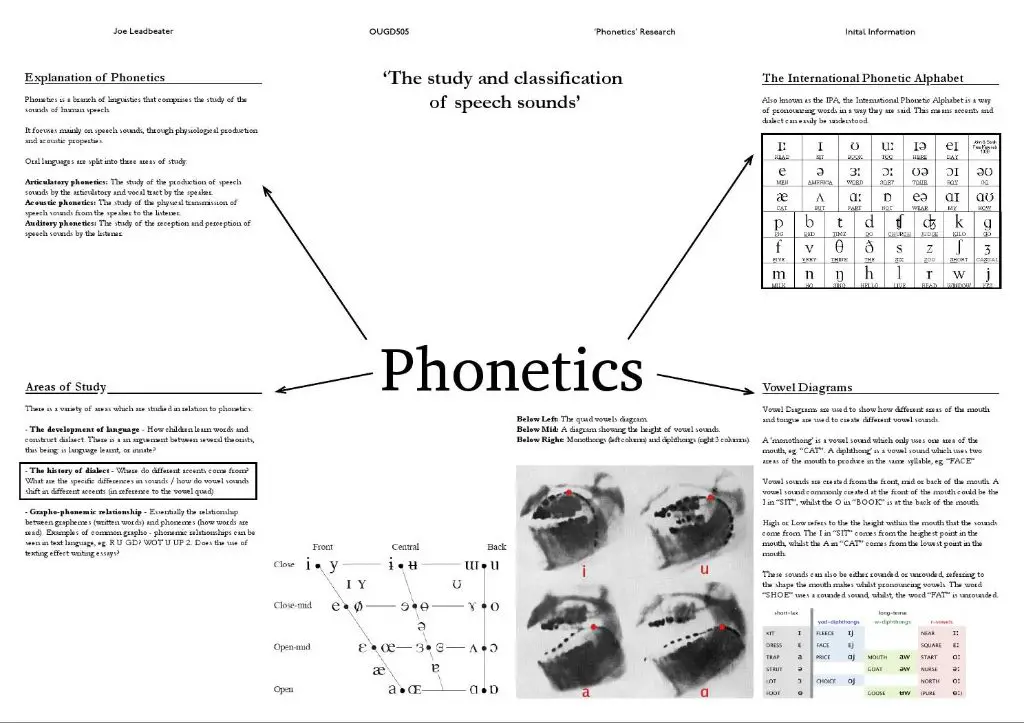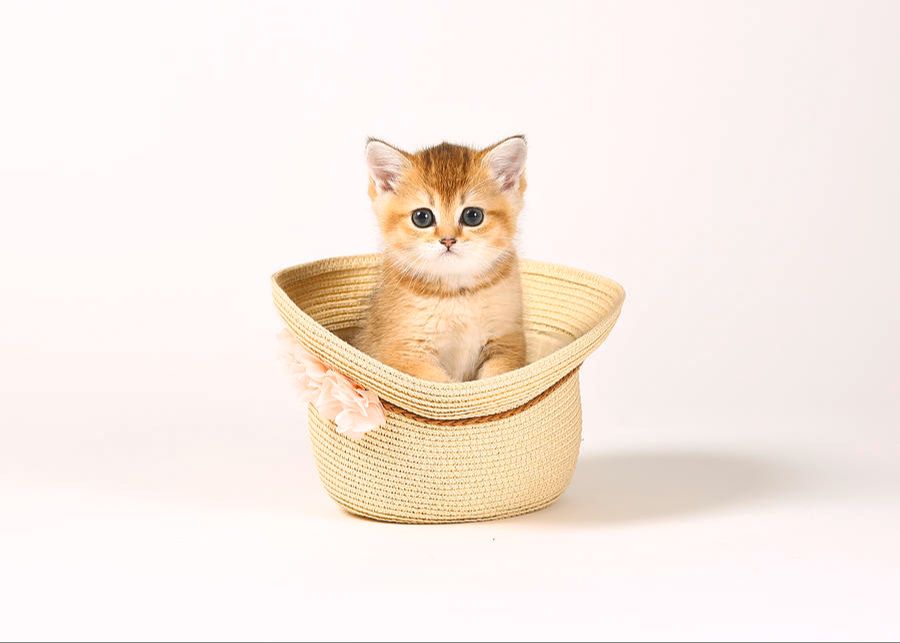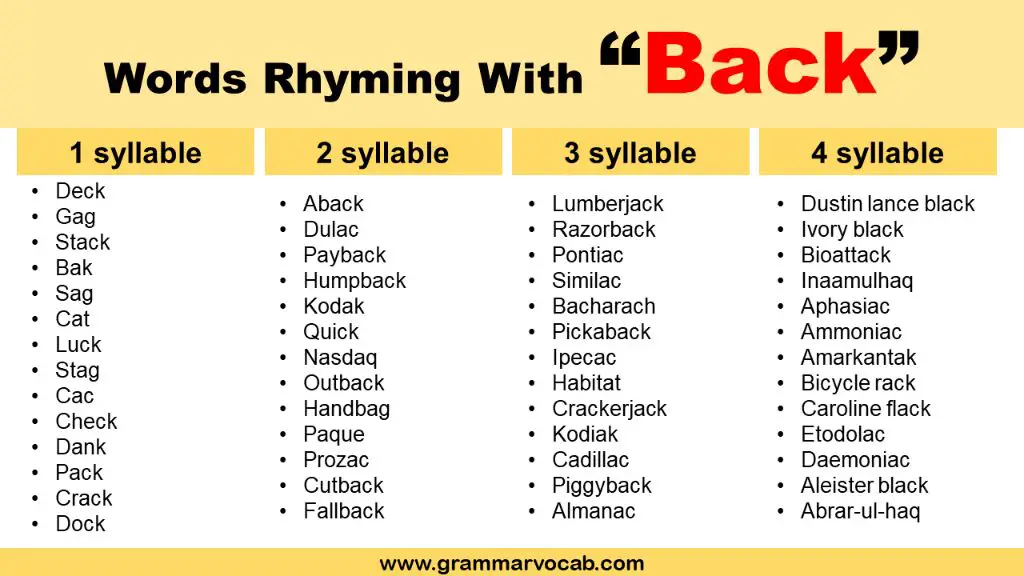Rhyming is when two words have the same or very similar ending sound. For example, “cat” and “bat” rhyme because they both end with the “at” sound. Rhyming is an important part of language development and literacy skills.
According to research, teaching children about rhyming words helps them recognize patterns and relationships between words. It also helps develop phonological awareness – the ability to identify and manipulate sounds in language. Phonological awareness is a key predictor of later reading success (https://depedtambayan.net/teaching-rhyming-words-kindergarten-innovative-strategies-activities/)
Rhyming helps young children connect spoken and written words. It also aids in vocabulary building, verbal expression, and reading comprehension. Rhymes make language learning fun and interactive through songs, poems, games, and activities (https://www.yidio.com/show/mother-goose-club/season-2/episode-5/links.html). Overall, rhyming is an essential early literacy skill.
Definition of Rhyming
According to Merriam-Webster dictionary, rhyme is defined as “correspondence of sound between words or the endings of words, especially when these are used at the ends of lines of poetry”.
The Cambridge English Dictionary further defines rhyme as “words that have the same last sound, for example, cat and hat”.
In summary, rhyming refers to words that share the same or similar sounds, usually at the end of the words. This phonetic matching creates a pleasing effect in poetry and lyrics. The rhyming pattern provides rhythm, structure and musicality to poetic compositions.

Technically, rhyming relies on matching sounds rather than spellings. For example, “tough” and “cuff” rhyme even though the spellings differ. It’s the phonetic ending that creates the rhyme.
Phonetic Breakdown of ‘Cat’
The word ‘cat’ has three phonetic sounds: /k/, /æ/, and /t/. The first sound, /k/, is a voiceless velar plosive. This means it is produced by briefly stopping the airflow in the vocal tract with the back of the tongue against the soft palate, and then releasing the air. The second sound, /æ/, is a near-open front unrounded vowel. The tongue is positioned low and forward in the mouth to produce this vowel sound. Finally, /t/ is a voiceless alveolar plosive consonant. It is articulated by blocking airflow using the tip of the tongue against the alveolar ridge (the bony ridge behind the upper teeth), and then releasing the air.
Put together, these three phonetic sounds – /k/, /æ/, and /t/ – produce the pronunciation of the word ‘cat’.
Phonetic Breakdown of ‘Back’
The word ‘back’ is pronounced /bAk/ in the International Phonetic Alphabet (IPA). Here is a breakdown of the phonetic sounds:
The first sound is the consonant /b/. This is a voiced bilabial stop. To make this sound, the lips are brought together and the vocal cords vibrate.
The second sound is the vowel /æ/. This is a near-open front unrounded vowel. The tongue is positioned near the front of the mouth in a lowered position, with the jaws slightly open.
The third and final sound is the voiceless velar stop /k/. It is produced by obstructing airflow in the vocal tract with the back of the tongue against the soft palate, and without vocal cord vibration.
So in IPA, ‘back’ is made up of the sounds: /b/ – /æ/ – /k/. When pronounced together smoothly as a word, it creates the pronunciation /bAk/.
Sources:
https://dictionary.cambridge.org/us/pronunciation/english/back
https://en.wikipedia.org/wiki/wikt:back
Comparison of Phonetic Sounds

When analyzing if “cat” and “back” rhyme based on their phonetic sounds, we need to break down each word into its component sounds. The word “cat” in the International Phonetic Alphabet (IPA) is /kæt/. The IPA transcription for “back” is /bæk/.
Looking at the final syllable in each word, we can see that “cat” ends in the sound /æt/ and “back” ends in the sound /æk/. For two words to perfectly rhyme, the final stressed vowel sound and all subsequent sounds must match. While “cat” and “back” both end in the same vowel sound /æ/, the final consonant sounds are different – /t/ vs /k/.
Therefore, based solely on a phonetic analysis, we would conclude that “cat” and “back” do not perfectly rhyme since the final consonant sounds differ. While they have some similarities, the overall phonetic pattern does not match according to the technical definition of rhyming. Other examples of non-rhyming word pairs that have this issue are “boat” and “goat” or “fight” and “light.” The vowel matches but the final consonant creates a mismatch.
Rhyming Pattern Rules
There are some general rules and conventions when it comes to rhyming patterns in poetry and song lyrics, though they can be flexible.
Most simple rhyming follows an AABB or ABAB pattern. This means the first two lines rhyme, then the second two lines rhyme, alternating the rhyming pairs. For example:
A: The cat sat on the mat
A: Wearing a hat that was flat
B: It was fat from eating rats
B: And scared away the bats
Other common patterns are AAAA rhyming the first four lines, then switching rhymes for the next four. Or AABBCC rhyming pairs of lines before switching rhymes.
Rhyming does not have to follow a strict pattern. Some poetry uses no rhyme scheme at all. However, having some rhyming structure helps create a rhythm and flow for the listener (Marie Ponsot 1998).
The pattern often depends on the type of poem or song structure. For example, many song choruses rhyme AAAA sticking to the same sound. While verse rhyming may alternate like ABAB. Poetic forms like sonnets or limericks also have set rhyming structures.
So in summary, rhyming patterns follow conventions but ultimately serve the lyrics or poem. Simple rhymes tend to alternate pairs, while more complex rhymes may rhyme multiple lines before switching sounds. But rhyming is flexible if it fits the poetic purpose (Study Guide for Ponsot’s “One Is One”).
Other Examples of Rhymes with ‘Cat’
There are many words that rhyme with the word ‘cat’. Here are some common examples:

Rat – The words ‘cat’ and ‘rat’ have the same vowel sound and share the same ending consonant sound, making them perfect rhymes.
Bat – Much like ‘rat’, the word ‘bat’ has the exact same vowel and ending consonant sounds as ‘cat’. This makes ‘bat’ and ‘cat’ rhyme.
Hat – The vowel and final consonant sounds in ‘hat’ mirror those in ‘cat’, creating another rhyming pair.
Mat – With the same rhyming pattern of a short ‘a’ vowel and ending ‘t’ sound, ‘mat’ is another word that rhymes with ‘cat’.
Gnat – Despite starting differently, ‘gnat’ rhymes with ‘cat’ due to their identical vowel and final consonant sounds.
Fat – The words ‘fat’ and ‘cat’ rhyme perfectly thanks to the matching vowel and ending ‘t’ sounds they share.
Sat – ‘Sat’ rhymes with ‘cat’ because of the identical short ‘a’ vowel and ending consonant ‘t’ sound in both words.
Pat – The rhyming relationship between ‘cat’ and ‘pat’ comes from their shared vowel and final consonant sounds.
There are many more words that rhyme with ‘cat’ due to the common ‘at’ rhyming pattern. Examples include ‘scat’, ‘splat’, ‘brat’ and ‘chat’.
Other Examples of Rhymes with ‘Back’
There are many words in the English language that rhyme with ‘back’. According to Rhymezone, some examples include:
- Tack
- Shack
- Mack
- Sack
- Rack
- Stack
- Track
- Pack
- Crack
- Flak

As you can see, there are many one-syllable words that end in ‘-ack’ that form perfect rhymes with ‘back’. The shared ‘-ack’ sound allows the words to rhyme. Other examples can be formed by changing the starting consonant sound while keeping the ‘-ack’ ending.
Some examples of longer rhyming words cited by Writewithchorus include feedback, payback, playback, setback and throwback. Rhyming does not have to be limited to just single syllable words.
In summary, the ‘-ack’ sound in ‘back’ provides many possibilities for finding rhyming words in English.
Conclusion
Based on the phonetic analysis conducted in this article, the words ‘cat’ and ‘back’ do not rhyme. While they share some similar ending sounds, the different vowel sounds in the middle of each word (/æ/ versus /a/) mean they do not have the same rhyming pattern according to the rules of rhyming in English poetry and song lyrics. In summary, while ‘cat’ and ‘back’ may seem similar, they do not actually rhyme when their full phonetic profiles are compared.
Further Resources
Here are some reference sources for more information on rhyming and phonetic sounds in the English language:
- Dictionary.com Rhyme Definition – Provides a detailed explanation of rhyming with examples.
- Merriam-Webster Rhyme Definition – Breaks down the meaning and linguistic background of rhyming.
- Encyclopedia Britannica Entry on Rhyme – Overview of rhyme schemes, types of rhymes, and rhyming in poetry and song lyrics.
- ThoughtCo Guide to Rhyme – Helpful guide explaining how rhyming works with diagrams and examples.
- Phonics on the Web Rhyming Dictionary – Allows you to look up rhymes for specific words.
- Power Thesaurus – Online rhyming dictionary and thesaurus to find rhyming words.

